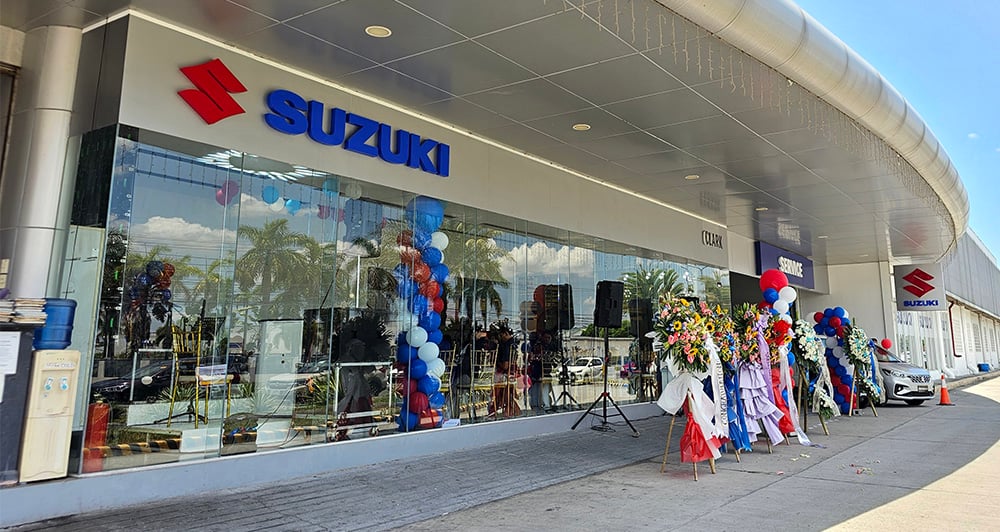
Traveling without the right tools and emergency equipment in your vehicle could cause you and your family a whole lot of unnecessary trouble, especially in the ongoing pandemic. Since we wouldn’t want you to needlessly spend and fill your cargo area with tools that you wouldn’t need, I made a list of items to look for the next time you visit an automotive retail outlet or do some online shopping.

Flathead and Phillips screwdrivers. The need for screwdrivers in your vehicle’s toolbox goes without saying, but you don’t have to get an entire set for your ride. Just have two sizes for both Phillips and flathead screwdrivers—4mm and 6mm should suffice.

Wrenches. For parts of your vehicle that are secured together or attached by nuts and bolts, a wrench is definitely a must-have tool in your car. Important components such as your car battery terminal clamps require a wrench to tighten/loosen the nuts and the bolts that secure them in place. Sizes to get started with are 8mm, 10mm, 12mm, 14mm and 17mm. You can also get a set of Allen (hex) wrenches and a small torque wrench with various bits. They may come handy.


Multitools. Keeping a portable/pocket multitool onboard has its benefits while conserving storage space. A good multitool usually comes with pliers for splicing wires, grabbing parts in tight spaces or yanking out sharp objects and unwanted debris embedded in your tires before they actually pierce holes. They can be easily stowed in your glove compartment or door pockets.

Tape. We aren’t referring to masking or Scotch tape—those are better left at the office. A roll of strong duct tape and some handy electric tape would be ideal. We are pretty sure MacGyver would agree.

Spare fuses. It’s definitely frightening and dangerous to have your lights suddenly conk out on you while driving at night due to a busted fuse. Make sure you carry appropriate fuse replacements in the event you may need one (or two). They barely take up any space.

Tire wrench and jack. A flat tire can be a pain in the bum, but it will be a bigger hassle if you don’t have a tire wrench and jack in your ride for removing that flat and putting on the spare. Don’t be at the mercy of other motorists who are hopefully willing to help you in this situation. It is always better to be ready and do it on your own.


Portable tire inflator and tire pressure gauge. It’s always wise to keep your tires properly inflated for safety and to prolong the life of your vehicle’s shoes. A decent tire pressure gauge allows you to monitor your air pressure, making sure your tires are pumped to the ideal value recommended by both vehicle and tire manufacturers. Look for a quality gauge, avoiding cheap ones that may end up giving you inaccurate readings.

Portable LED flashlight. Don’t be left in the dark unarmed. An LED flashlight is best as it shines brighter, and it lasts way longer than an incandescent flashlight.


Jumper cables and power bank jump-starter. In the event your car battery goes flat, jumper cables can help you get started provided there’s a support vehicle. No support vehicle in sight? Then, it would be great to have a power bank jump-starter for this purpose. Starting price for a decent device is around P3,000. Is it worth it? Of course, it is. You and your loved ones wouldn’t want to deal with the terrible burden of being stranded.

Tow hook and rope. Just in case a breakdown can’t be resolved with on-the-spot fixes, you should have a tow hook that can be attached to either the front or the rear of your vehicle (along with a strong rope) to pull your ride to a repair shop or service center.

Early warning device. I don’t think we need to explain why you need this. By law, your vehicle should have one, and you should know how to properly use it.

Zip ties. When parts of your vehicle begin to hang or fall off, zip ties provide a quick, secure fix until you’re able to bring your car in for professional repairs.

Onboard diagnostics (OBD) reader/scanner. Sadly, not many motorists know the existence of such a device. An OBD scanner is a tool used to determine specific faults in your vehicle when warning lights come on (like a “check engine” light). It extracts fault codes and clears warning lights. And thanks to Google, error codes can be interpreted or defined for your convenience. This enables you to know what’s exactly wrong with your vehicle before it even gets serviced or repaired, and prevents you from being scammed by shops/mechanics. It’s inexpensive, too, as you can get one for as low as P1,000.











Comments